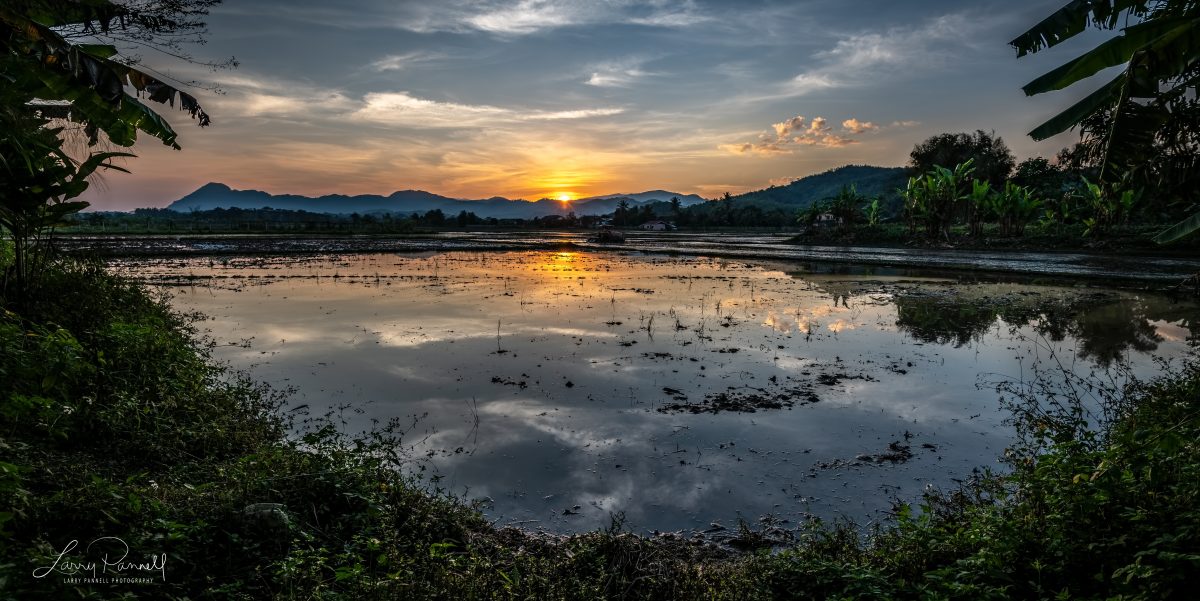
The long and tedious span of the worldwide covid-19 lockdown felt more like years than months for many, including myself.
But finally many countries are beginning to reopen allowing us once again to breathe fresh air and experience the great outdoors.
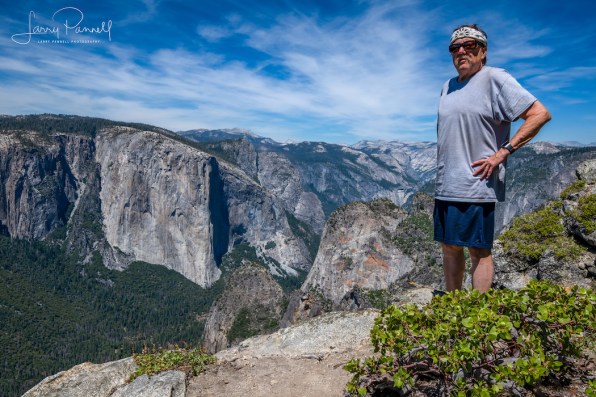
For me there is no better place to do this than at Yosemite National Park in California.
Yosemite reopened its gate in mid-June with restrictions to reduce the number of people entering the park and a decision that a number of facilities that will not open in 2020 including some restaurants, stores and lodging.
On the upside the reduced number of cars allowed into the park means far fewer traffic jams than usually accompany the summer months and much smaller crowds at key attractions.
Driving the “Valley Loop” you can enjoy a scenic turnout at Valley View and just another 15 minutes away you will find is Tunnel View.
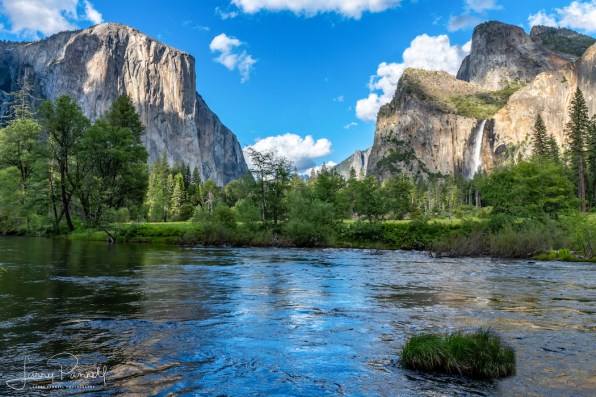
A 30-minute drive will take you to Glacier Point affording one of the best views overlooking the valley, Half Dome, Vernal and Nevada Falls. Heading in another direction in 30 minutes you can walk among the giant redwoods of the Mariposa Grove and 30 minutes further on awaits the wonders of Tuolumne Meadows in Yosemite’s high country.

Even with the reduced number of people allowed to hike the area many of the trails have fallen victim to the covid-19 pandemic with fewer trail permits issued. But if you limit yourself to hiking relatively flat terrain the valley floor has approximately 10 miles of trails to explore and a trail permit is not required. In a one- or two-hour stroll you can marvel at the iconic structures of El Captain, Half Dome, Sentinel Rock and Yosemite Falls.


Whether you are a day hiker or the more adventurous sort like myself, who has donned a 40-50 pound backpack for days or weeks at a time to explore, the pristine wilderness awaits and one can still obtain the highly prized “wilderness and trail permit” by applying online.
One of my favorite day hikes is the 2.1-mile roundtrip trail with only a 456-foot elevation gain to Sentinel Dome. Add another 3 miles and 666 feet of elevation and you will find yourself at Taft Point on the south rim looking straight down at valley the floor 3000 feet below. The downfall due to the ease of the trail are the crowds, the upside is the incredible view consisting of Yosemite Falls, El Capitan, Half Dome and many of Yosemite’s landmarks.
If you are looking to escape the crowds a good alternative is Dewey, Crocker and Stanford Points where the 9-mile trail and 1,925-foot elevation gain make for fewer visitors. Carrying a 54-pound backpack, 14 pounds of which was camera equipment, I recently spent three days on Crocker Point photographing the Milky Way, with day hikes to Dewey and Stanford Points.
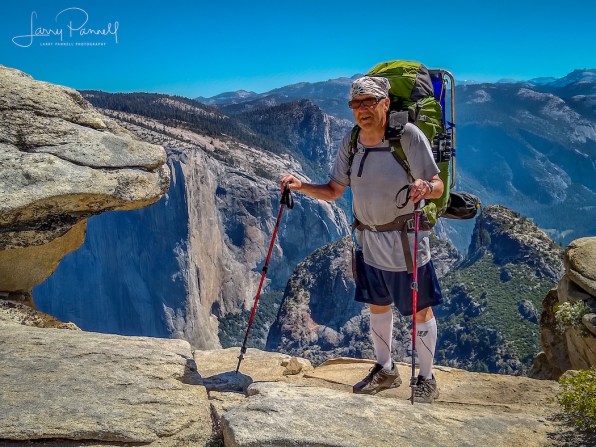
The trail begins downhill through a covered forest for three-quarters of a mile, opening into the lush green McGurk Meadow for another half mile before once again entering the forest. At the 2 mile mark the steep climb to Dewey Point begins. As the trail ascends the sounds of birds singing, an occasional deer or bear sighting a sense of peace engulfs you overwhelming your senses.

And then suddenly there is that most welcome sound of all for a backpacker, the sound of a small stream where you can quench your ever-building thirst with fresh, cool water. It is important to note that even though you are in the wilderness you should to filter the water. Giardia is the last thing that you want to encounter.
Pushing uphill the last half mile past the stream you reach Dewey Point where most people stop and return back to their cars if on a day hike or pitch their tent to spend the night. I reached Dewey in the late afternoon where about 15 tents had already staked their claim for the night.
Having lived in Yosemite on and off for three years. I knew a little over a half mile further was Crocker Point which is seldom visited, and I had the place all to myself for three days. This is where I would suggest you spend the night.
The steep downhill trail which of course means a steep uphill climb when I leave can be daunting, but you will be rewarded with a much better view looking down on Bridalveil Falls, which you cannot see from Dewey. There is a panorama view from the cliffs edge of El Captain, North Dome, Clouds Rest and Half Dome.

If you have never experienced the night skies in the backcountry away from the light pollution of the city prepare yourself, there is nothing on Earth quite like it. The dark blue velvet sky is filled with millions of stars shining like diamonds. During the summer months the Milky Way comes into view and splashes a palette of color from azure blue and rich purple to brilliant orange and crimson red.
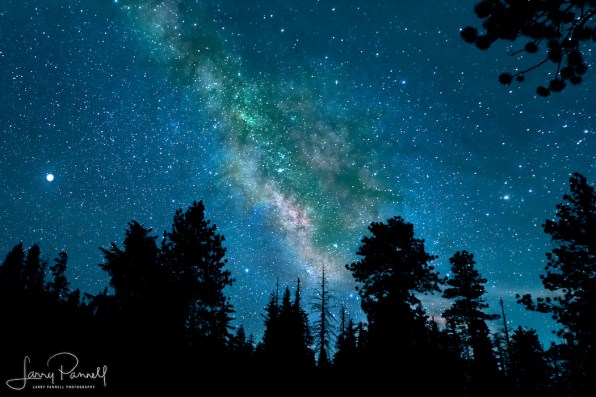
Whether you opt for a day hike or spend one to several nights out in the wilderness of Yosemite it will be something you will never forgot. If you are lucky it will get under your skin and you will want to return time and time again to Yosemite.
For me my Yosemite passion started back in 1965 when I was just 10. I spent my honeymoon there in 1972. I lived and worked there for three years and now at age 66 I still don a backpack and head into the wilderness. Yosemite and its hauntingly beautiful wilderness have become part of who I am.
